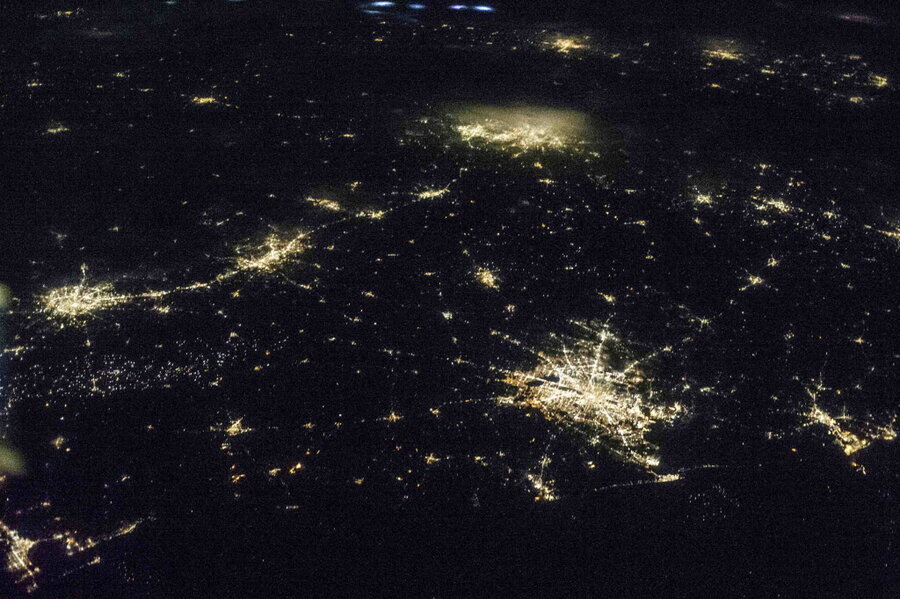Astronauts to perform cleaning chores outside International Space Station
Ladies and gentlemen, it’s spacewalk time.
Two astronauts, NASA’s Chris Cassidy and the European Space Agency's Luca Parmitano, will float outside the International Space Station for about 6 1/2 hours on Tuesday, beginning at 8:10 am EDT. Live footage of the spacewalk will be available starting at 7:00 am EDT.
As romantic as a spacewalk sounds, the venture is more of a cleaning exercise: the astronauts, both from Expedition 36, will curl around the spacecraft as it floats somewhere above the Sinai Peninsula, doing a number of chores that have piled up over the years. The work includes replacing failed equipment, prepping the station to receive the Russian Multipurpose Laboratory Module as an attachment, and assessing damage.
During the trip outside, the astronauts will also collect equipment used in the Materials International Space Station Experiment-8 (or MISSE-8), which assessed the impacts of the space environment on various materials. Those experiments will be ferried back to Earth aboard the SpaceX-3 commercial cargo craft later this year.
The pair will finish up the work on a second spacewalk scheduled for July 16th .
Since spacewalks are time-consuming and punishingly exhausting (in the pressurized suit, the astronaut must strain to move his or her hands in the gloves), the Space Station had allowed broken equipment and needed maintenance to accumulate, in order to justify the trip outside. The Space Station has been serviced in two previous spacewalks this year.
The first spacewalk, in March 1965, set a precedent for keeping spacewalks to just the necessary minimum needed to keep the craft in functional order. That month, the Soviets sent astronaut Alexey Leonov outside the Voshkod 2 affixed to a 50-foot tether for about 12 minutes. Leonov made it back into the spacecraft, but not without considerable difficulty, and the Soviets did not attempt the feat again for another four years. The first American spacewalk that summer was similarly successful but troubled, after a hatch-latching mechanism failed and imperiled the entire crew.
But despite the challenges, astronauts who have stepped outside their crafts for a balcony view to the entire Earth have called the experience an unforgettable one. Astronaut Ed White, who spent time outside Gemini 4, said being instructed to climb back in the spacecraft was "the saddest moment of my life."
Rex Walheim, who ventured outside the Atlantis space shuttle in 2002, remembered the rapid succession of day and night - the world was going from dark to bright every some 45 minutes, since the craft was orbiting Earth every hour and a half. And John Herrington, who logged three spacewalks on the space Shuttle Endeavour, noticed the smell - space, he said, has a strange odor, something akin to burnt metal.
This spacewalk is the 170th walk to maintain the station. The station’s external care has involved 111 astronauts from eight countries who have logged some 1,067 hours and 43 outside the craft, Florida Today reported.
This is the first spacewalk for an Italian astronaut, and Parmitano will wear a red, white, and green flag affixed to his spacesuit as he floats out of the station. This is Cassidy’s fifth spacewalk.







